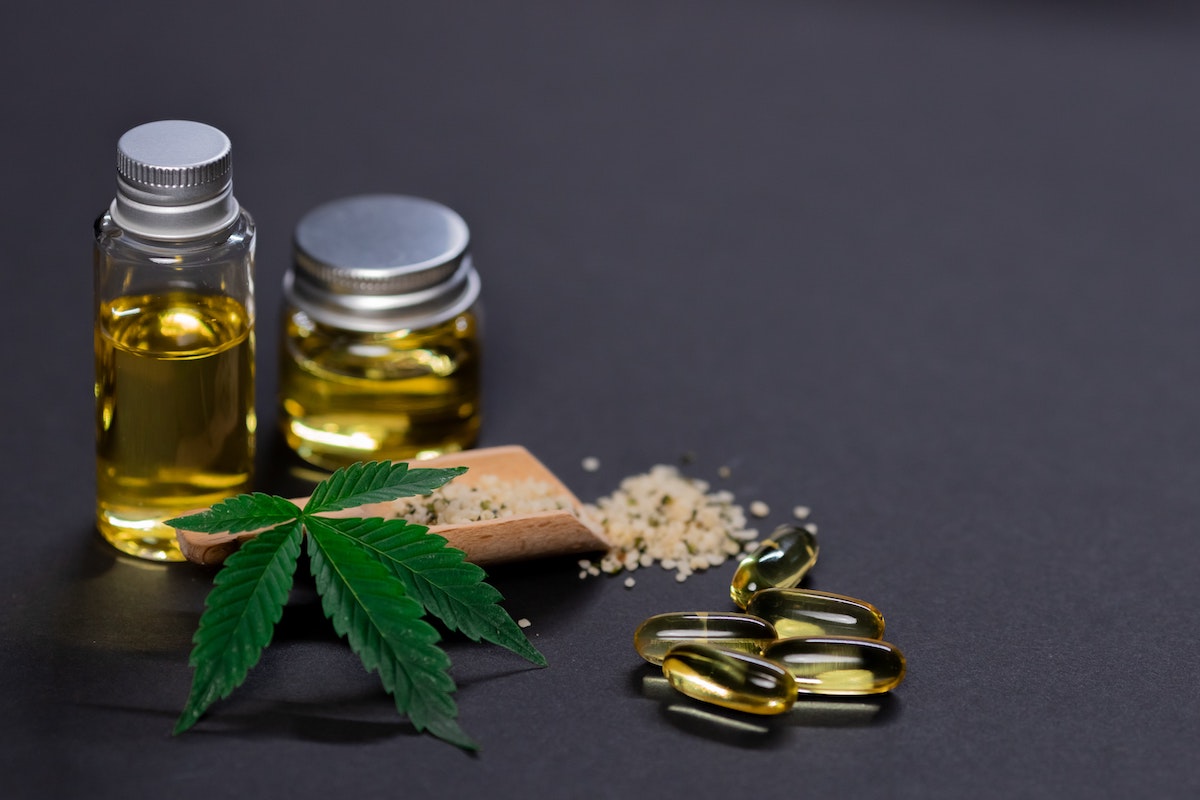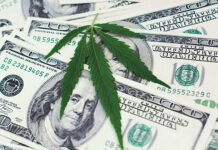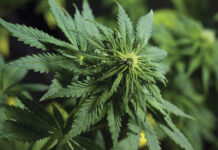The senselessness of our federal drug scheduling system
Cannabis is a Schedule 1 “narcotic” under federal regulations, even as it’s being used for medical purposes across the country and is legal for adult use in nearly half the states and counting. That is, of course, perverse. But so is the fact that LSD and other psychedelic drugs are also under Schedule 1, even as their potential therapeutic benefits become more clear all the time. Indeed, the entire system of scheduling drugs is utterly senseless.
The Food and Drug Administration last week issued a set of proposed guidelines for researchers studying how psilocybin, or “magic mushrooms”; MDMA, a.k.a ecstasy; and other similarly classed substances might help treat mood disorders, post-traumatic stress syndrome, substance abuse, anxiety and other maladies.
This is good; that is, if the FDA actually follows through. But those substances, like cannabis, are deemed by the federal government to have “no currently accepted medical use and a high potential for abuse.” That’s the language the Drug Enforcement Agency uses to define Schedule 1.
To be completely fair, the DEA defines “accepted medical use” basically as “passing muster with the FDA.” That, of course, hasn’t happened yet, and the research guidelines represent a step toward getting there. Once the FDA approves, say, psilocybin for therapeutic use—assuming that happens—the DEA would theoretically deschedule it, or at least make specific exceptions for particular drugs made from the substance, thus benefiting only the companies that make those particular drugs while technically designating everyone else who sells similar products as criminals.
In fact, the DEA in May expressed a willingness to deschedule psilocybin in particular, if directed to do so by a court. The agency last year denied a petition made by a Seattle doctor, Sunil Aggarwal, to do so. But in a recent court filing, the DEA switched up, saying: “If DEA is able to gather the necessary data indicating that there is a reasonable basis for rescheduling, DEA would then be in a position to refer the petition to (U.S. Department of Health and Human Services) for a scientific and medical evaluation and a scheduling recommendation.”
Cannabis is still under Schedule 1, even though it’s been five years already since the FDA approved Epidiolex, a CBD-based drug used to treat certain kinds of seizures. The reason for this is that the DEA gave Epidiolex a carve-out: Among cannabis-based remedies, it alone was descheduled, even as the stuff it’s made from still has “no currently accepted medical use.”
There is a technical, and entirely academic, difference: The approval of Epidiolex occurred after hemp was legalized. Hemp is a cannabis plant, but doesn’t contain enough THC—the main active ingredient of marijuana—to get a person high. But CBD, which doesn’t have the same psychoactive effects, can also be derived from the still-federally illegal marijuana plant, in which case anyone selling it would be peddling a Schedule 1 narcotic.
Thanks to the cumbersomeness and senselessness of the scheduling system, cannabis researchers have been stymied for decades from doing research on the potential benefits and drawbacks of the plant, and from receiving funding, all because of its Schedule 1 status.
The possible benefits of psychedelics have become widely known much more recently, but the data is strong enough so far that the FDA felt compelled to move forward on research guidelines, the first step in enabling clinical trials. Psychedelics can potentially be much more dangerous than cannabis, so the guidelines must be carefully constructed. Some such substances, if not wisely administered, can cause severe hallucinations, for example, and possibly lead to long-term mental problems.
“Psychedelic drugs show initial promise as potential treatments for mood, anxiety and substance use disorders,” said Tiffany Farchione, director of the Division of Psychiatry in the FDA’s Center for Drug Evaluation and Research, said in a statement. “However, these are still investigational products.”
The draft guidelines distinguish between “classic psychedelics” psilocybin and lysergic acid diethylamide (LSD) and “empathogens” like MDMA. As the name suggests, empathogens alter brain chemistry to stir feelings of connectedness and empathy with others, something that might or might not happen with “classic” psychedelics.
In publishing the draft guidelines, the FDA opened a 60-day window for public comments, which will close on Aug. 25. The guidelines lay out safety considerations as well as research methodology and data-collection procedures.








